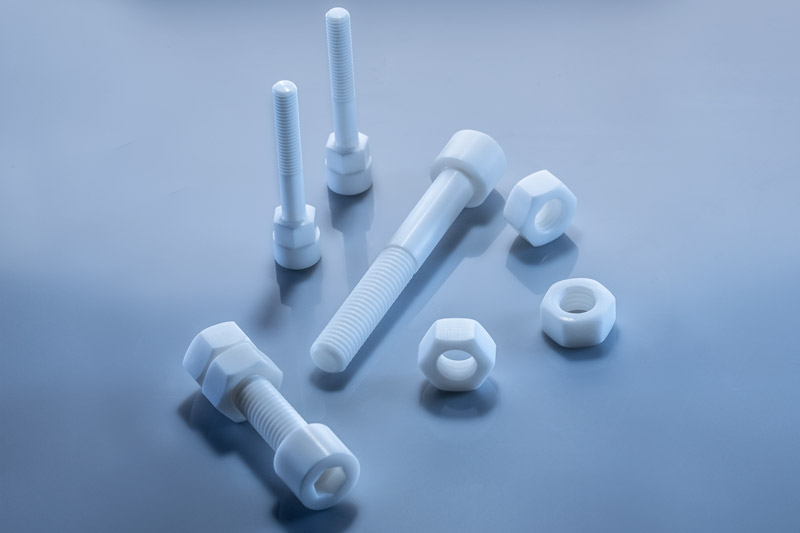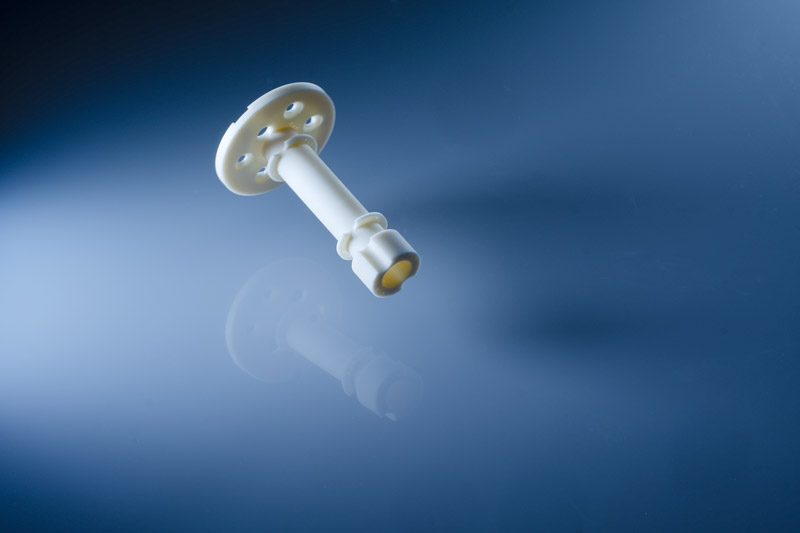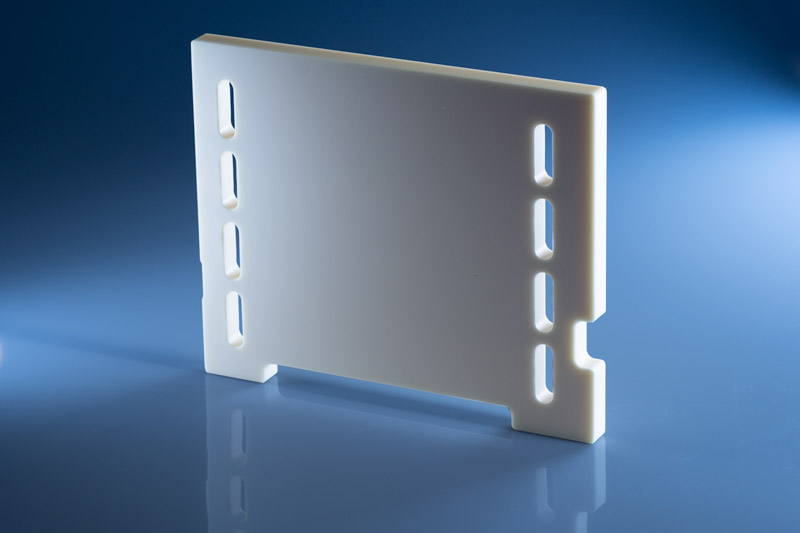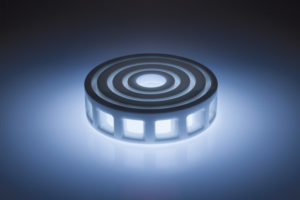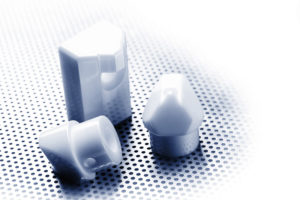Technical ceramics in research and development (R&D)
In the area of research and development in particular, small quantities or prototypes often play a major role. Thanks to the production chain implemented at BCE, starting with the cold isostatically pressed blanks (green bodies) and the subsequent CNC green machining technology, it is possible to produce small quantities economically in a relatively short period of time without significant tooling costs.
With the help of CAD/CAM technology, identical components can also be manufactured cost-effectively from different ceramic material qualities – the different sintering shrinkages of the individual materials can be adapted and modified directly on the 3D body (IGES or STEP file) by computer. Subsequent requests for changes to the component can also be processed directly in the CAD file – cost-intensive tool modification is not necessary in this case!
Expansion of modern hydrogen technology
The federal government recently decided on a hydrogen strategy. Around 9 billion euros are to be made available to fund research projects and make Germany a frontrunner in modern hydrogen technology.
So-called “green” hydrogen (H2) is one of the mainstays of a successful energy transition. The climate-neutral energy source will be obtained with the help of renewably generated power from water electrolysis. Stored hydrogen can then be converted back into electrical energy in a fuel cell, the only “waste product” is water vapour. A 5 to 6 kg fuel tank contains enough energy to obtain an average car range of 500 to 600 km.
But the clean process also brings problems. Conventional materials reach their limits in direct contact with hydrogen. Many metals are sensitive to hydrogen embrittlement, an effect that represents material fatigue as a result of corrosion. The result is cracks and premature failure of the component. Here, the ceramic material portfolio of BCE Special Ceramics GmbH can provide an answer to the question of better long-term stability and corrosion resistance. The BCE Aluminium Oxide qualities A-997 up to A-999 have proven themselves over many years as electrical insulators (stack plates) in fuel cells. The high-performance ceramics withstand the requirements even at high temperatures of up to 1,800°C in a pure hydrogen atmosphere.
For green body shaping an isostatic press with maximum 2,000 bar pressure is used. Further processing via CAD-CAM and 5-axis machining enable BCE to manufacture complex geometries according to your specific requirements. Tight fits, tolerances or functional surfaces are made by grinding. This process is solution-oriented: as individual as possible with ceramics and as suitable for small volume production as necessary – from prototype manufacturing of 1 piece to increasing quantities, we deliver customized components for your production in the required quality.
Applications of technical ceramics in research and development (R&D)
Starting with special components for abrasion tests, through individual solutions for furnace and special mechanical engineering to electrochemistry, thermodynamics, heating machines and sputtering targets – they can all be implemented with high precision.
Please get in contact with us for your individual consulting. Together we will find the optimal solution for your application.

